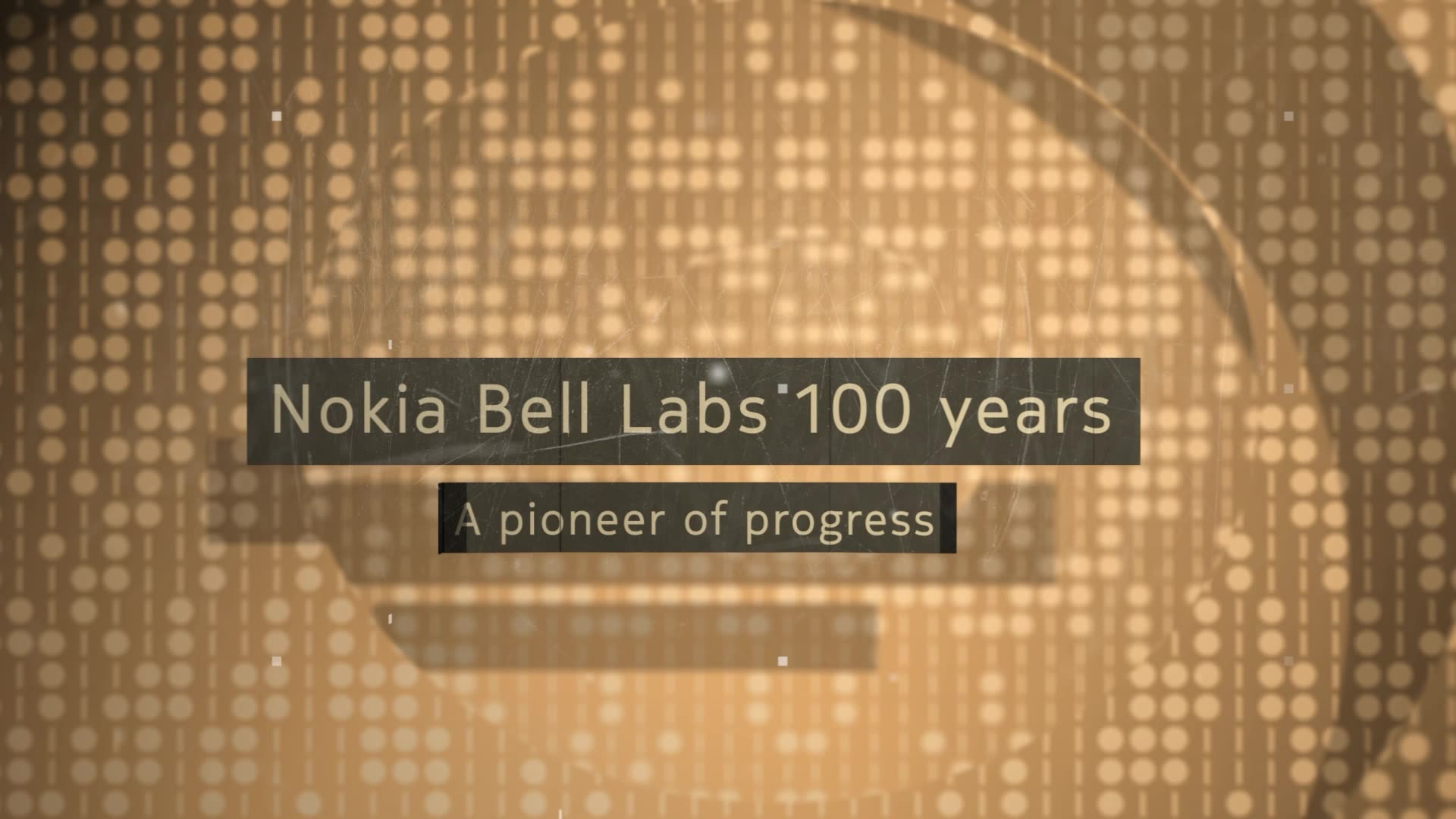From imagining the impossible to innovating the future to impacting millions - our story began 100 years ago, and we’re just getting started.

Media Page
A bit of tech podcast page
Nokia Bell Labs latest research
Nokia Bell Labs is innovating the technologies that will transform the way we live our lives. But we don't just follow the trends that redefine what's possible; we create them, setting the standard for the industry and powering Nokia's future technologies. Our research spans various fields across the world and beyond.
Quantum
We are radically transforming computing, networks, security and industry. For a century, our visionary research at Nokia Bell Labs has constantly pushed the frontiers of what’s possible. Now, with our pioneering spirit powering Nokia’s real-world impact, we are building quantum technologies to radically transform industries and reshape how we live.

Research Project
Nokia Bell Labs’ physics-based approach to the quantum computer

Article
Quantum 2.0 is here
Space communication
Artificial intelligence
Foundational technologies
Sensing

Visit the Nokia Bell Labs centennial page
Over the past 100 years, Nokia Bell Labs scientists have made many discoveries and innovations that have resulted in hundreds of prestigious prizes, including ten Nobel Prizes and five Turing Awards.
Nokia Bell Labs researcher stories
Meet the people behind the technology
Ready to make a real-world impact?
We’ve spent 100 years reimagining the future of innovation. Now you can, too.
Quick links - featured research
Looking beyond 5G to the network of the future
Nokia is pushing the boundaries of space exploration by building an 4G/LTE network on the lunar surface
Nokia has defined six principles, that should guide all AI research and development in the future
Networks out of this world
Rethinking the fundamental physics used to create a qubit
Bell Labs goes further than building better, more-efficient wireless and optical systems
Enabling real-time monitoring of rapidly changing environments










































